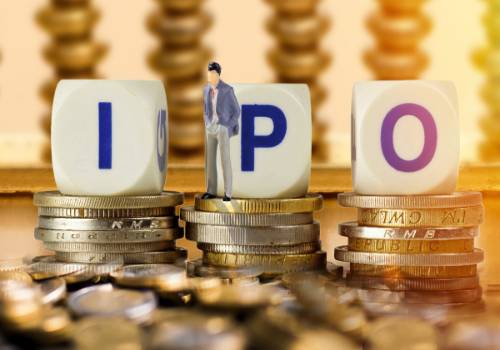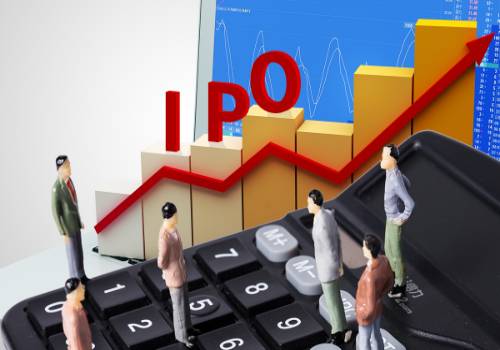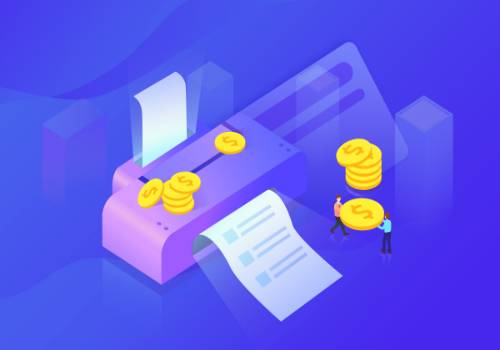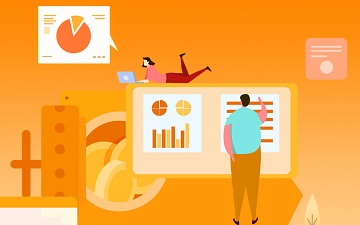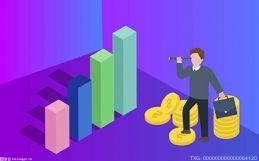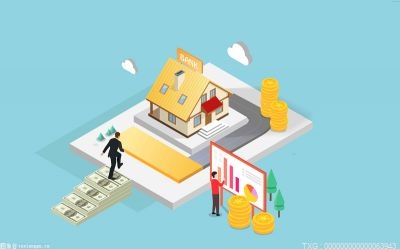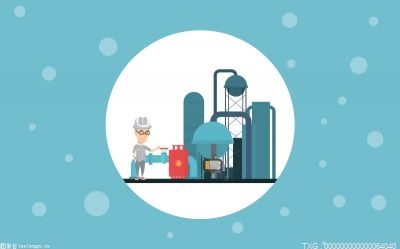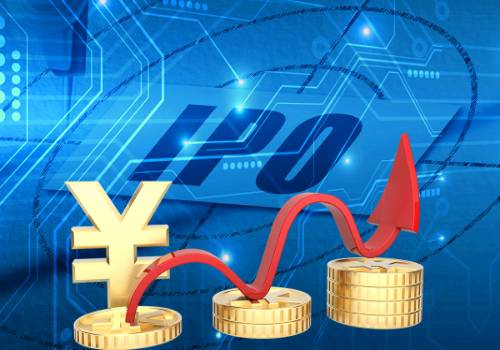Photo/VCG
The Federal Open Market Committee (FOMC) of the Federal Reserve raised interest rates by 25 basis points to a range of 5.25% to 5.50% on Thursday morning Beijing time, which is the highest level in 22 years. This was the 11th rate hike since the FOMC began its tightening cycle in March last year, with a cumulative increase of 525 basis points.
 (资料图片仅供参考)
(资料图片仅供参考)
So, is this the final chapter of the Fed’s current tightening cycle?
The CME “Fed Watch” tool shows that as of press time, the federal funds futures market believes that the current 5.25% to 5.50% interest rate is the terminal rate of this tightening cycle (i.e., rate hikes are over), and expects the Fed to keep interest rates in this range for the next five consecutive meetings. However, NBD noted that the market has already postponed the expectation of FOMC rate cuts from the March meeting next year to May.
Photo/CME
This is consistent with Goldman’s expectations. A report by Goldman’s chief economist Jan Hatzius obtained by NBD shows that Hatzius believes that Powell intended only to avoid prejudging committee decision, not to indicate a shift away from his own previously stated preference for a “careful pace” of tightening going forward. The team continues to expect that today’s hike will be the last of the cycle.
“Powell said that the FOMC will be particularly focused on the inflation data, and we expect the next few CPI reports to be soft. As a result, we expect that the FOMC will skip September in order to slow the pace and will then conclude in November that inflation has slowed enough to make a final hike unnecessary.” Hazutis wrote.
“We also saw three additional takeaways from Powell’s comments. First, he did not sound particularly concerned about the recent decline in bank lending or the tightening in bank lending standards. Second, he noted that the Fed staff no longer expects a recession. Third, he clarified that in the future the FOMC could continue QT even while cutting the funds rate.” Hazutis added.
In addition to Goldman Sachs, Minsheng Securities also believes that this week’s rate hike will be the Fed’s “last dance”. The chief macro analyst of the securities firm Zhou Junzhi believes that first, recent U.S. inflation and employment have shown signs of weakness; second, as commercial banks’ cost of liabilities rises, a deeply inverted yield curve may signal an impending credit crunch; and finally, recent rebound in U.S. real estate data may stem from inventory differentiation and lack of sustainability.
Based on these reasons, Zhou Junzhi’s team expects July’s meeting rate hike to be the Fed’s last rate hike in this cycle.
But there are still plenty of analysts who are more pessimistic - they think the Fed is still at risk of raising rates further in the near term.
Editor: Alexander